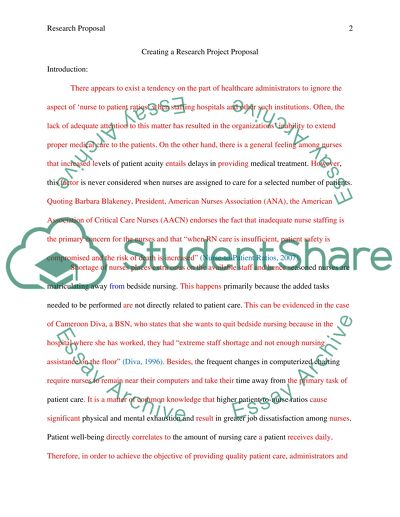Cite this document
(“Nurse-to-Patient Ratio Research Proposal Example | Topics and Well Written Essays - 2000 words”, n.d.)
Retrieved from https://studentshare.org/nursing/1441290-does-a-higher-nurse-to-patient-ratio-result-in
Retrieved from https://studentshare.org/nursing/1441290-does-a-higher-nurse-to-patient-ratio-result-in
(Nurse-to-Patient Ratio Research Proposal Example | Topics and Well Written Essays - 2000 Words)
https://studentshare.org/nursing/1441290-does-a-higher-nurse-to-patient-ratio-result-in.
https://studentshare.org/nursing/1441290-does-a-higher-nurse-to-patient-ratio-result-in.
“Nurse-to-Patient Ratio Research Proposal Example | Topics and Well Written Essays - 2000 Words”, n.d. https://studentshare.org/nursing/1441290-does-a-higher-nurse-to-patient-ratio-result-in.


